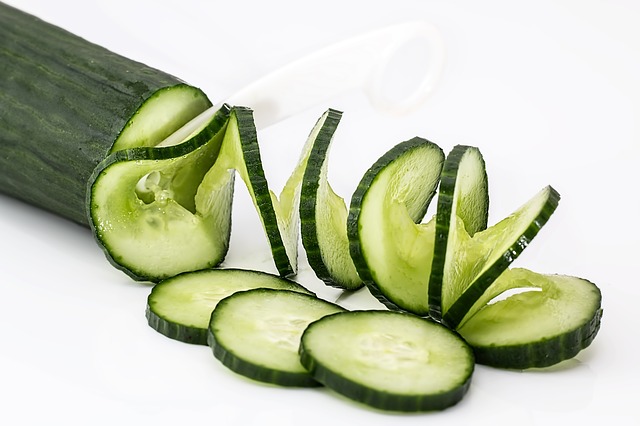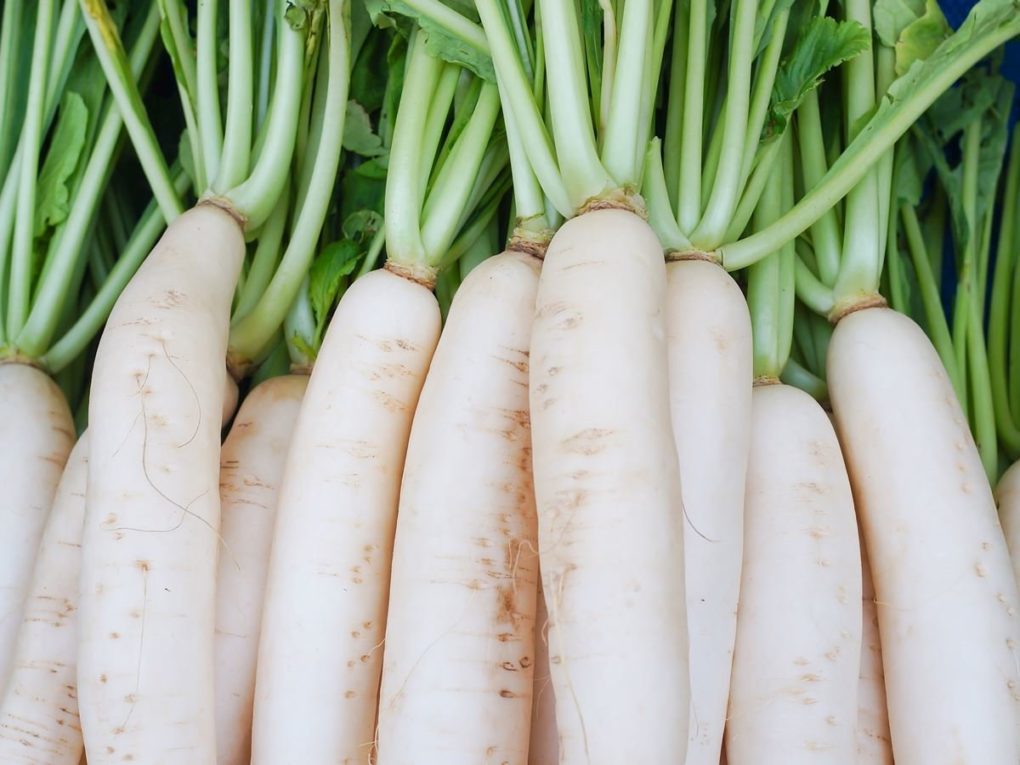15 Foods That Help You Stay Hydrated
November 4 2017According to the old rule of thumb, you’re supposed to drink eight glasses of water per day (and some experts recommend even more). That can seem like a daunting task on some days, but here’s the catch: You don’t have to drink all that water. Roughly 20% of our daily H2O intake comes from solid foods, especially fruits and vegetables.
It’s still important to drink plenty of water—especially in the summertime—but you can also quench your thirst with these 15 hugely hydrating foods, all of which are at least 90% water by weight.
Cucumber
Water content: 96.7%
This summer veggiewhich has the highest water content of any solid food is perfect in salads, or sliced up and served with some hummus, says Keri Gans, RD, author of The Small Change Diet: 10 Steps to a Thinner and Healthier You and a consultant to Mindbloom, a technology company that makes life-improvement apps.
Want to pump up cucumber’s hydrating power even more? Try blending it with nonfat yogurt, mint, and ice cubes to make cucumber soup. “Soup is always hydrating, but you may not want to eat something hot in the summertime,” Gans says. “Chilled cucumber soup, on the other hand, is so refreshing and delicious any time of year.”
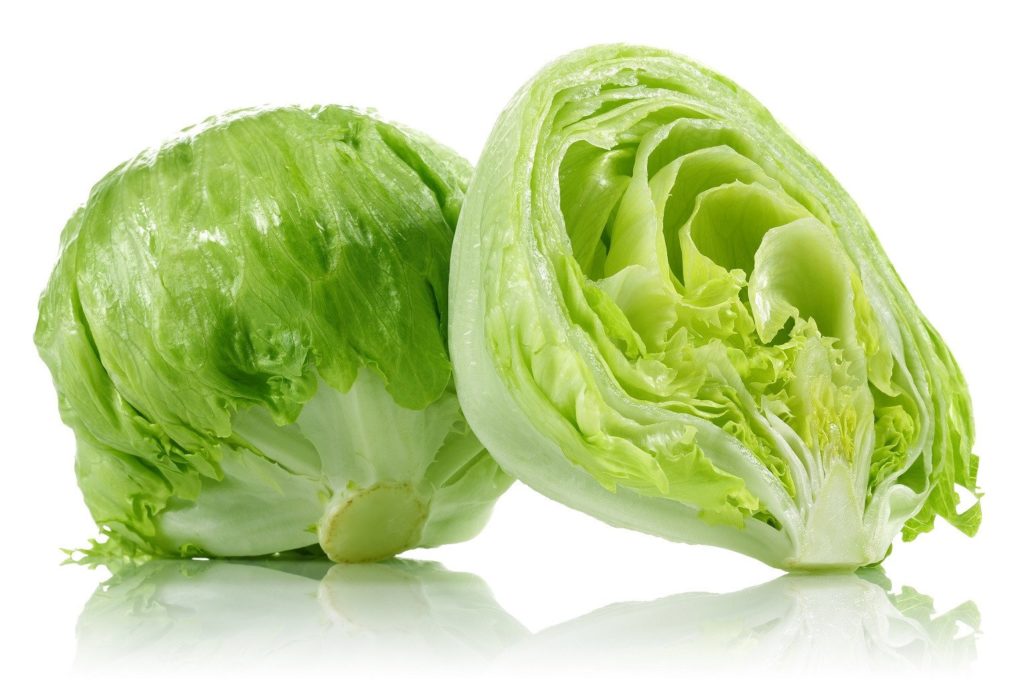
Iceberg lettuce
Water content: 95.6%
Iceberg lettuce tends to get a bad rap, nutrition-wise. Health experts often recommend shunning it in favor of darker greens like spinach or romaine lettuce, which contain higher amounts of fiber and nutrients such as folate and vitamin K. It’s a different story when it comes to water content, though: Crispy iceberg has the highest of any lettuce, followed by butterhead, green leaf, and romaine varieties.
So when the temperature rises, pile iceberg onto sandwiches or use it as a bed for a healthy chicken salad. Even better: Ditch the tortillas and hamburger buns and use iceberg leaves as a wrap for tacos and burgers.
Celery
Water content: 95.4%
That urban legend about celery having negative calories isn’t quite true, but it’s pretty close. Like all foods that are high in water, celery has very few caloriesjust 6 calories per stalk. And its one-two punch of fiber and water helps to fill you up and curb your appetite.
This lightweight veggie isn’t short on nutrition, however. Celery contains folate and vitamins A, C, and K. And thanks in part to its high water content, celery neutralizes stomach acid and is often recommended as a natural remedy for heartburn and acid reflux.
Radishes
Water content: 95.3%
These refreshing root vegetables should be a fixture in your spring and summer salads. They provide a burst of spicy-sweet flavorand color!in a small package, and more importantly they’re filled with antioxidants such as catechin (also found in green tea).
A crunchy texture also makes radishes a perfect addition to healthy summer coleslawno mayo required. Slice them up with shredded cabbage and carrots, sliced snow peas, and chopped hazelnuts and parsley, and toss with poppy seeds, lemon juice, olive oil, salt, and pepper.
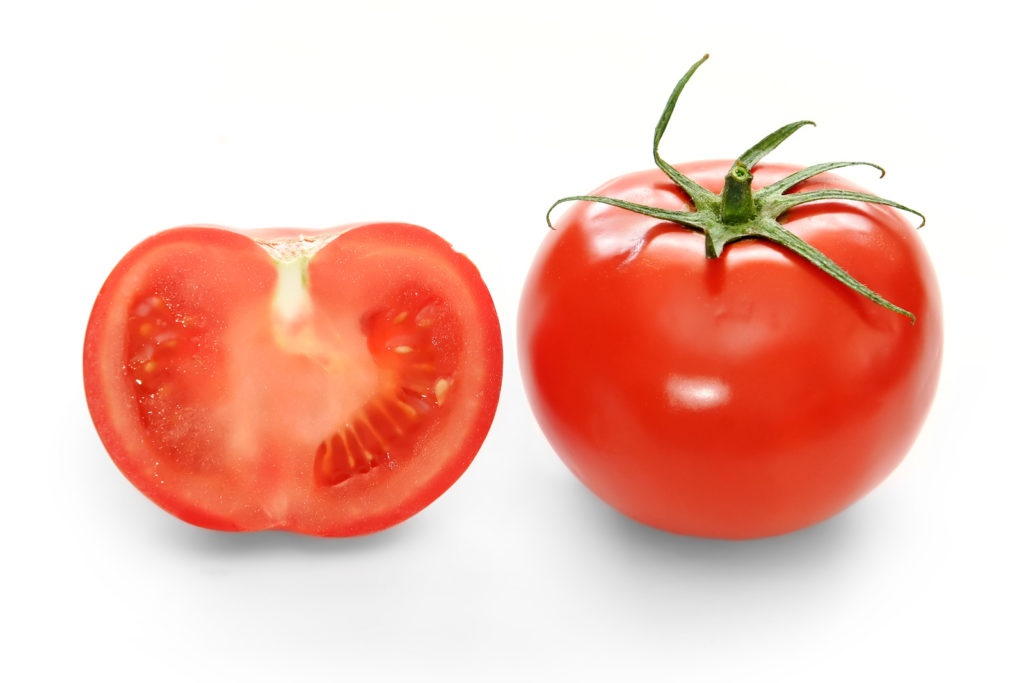
Tomatoes
Water content: 94.5%
Sliced and diced tomatoes will always be a mainstay of salads, sauces, and sandwiches, but don’t forget about sweet cherry and grape varieties, which make an excellent hydrating snack, Gans says. “They’re great to just pop in your mouth, maybe with some nuts or some low-sodium cheese,” she says. “You get this great explosion of flavor when you bite into them.”
Having friends over? Skewer grape tomatoes, basil leaves, and small chunks of mozzarella on toothpicks for a quick and easy appetizer.
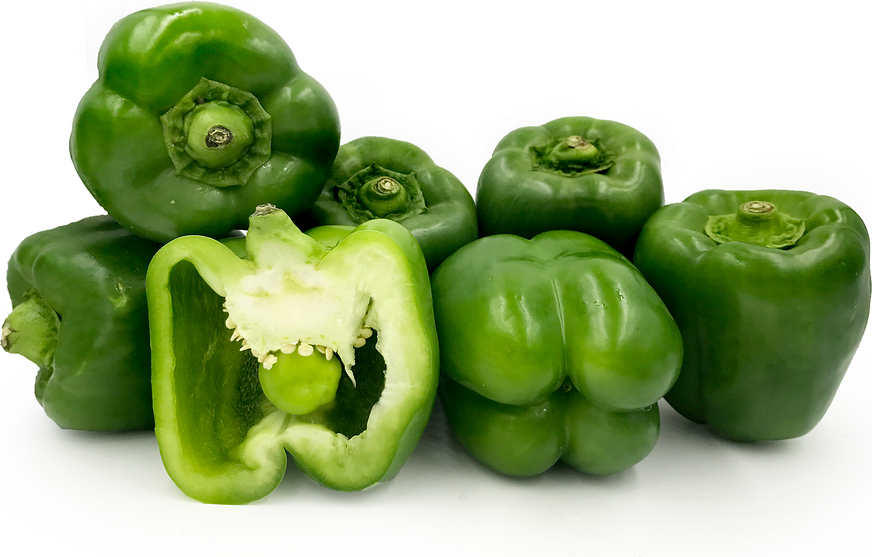
Green peppers
Water content: 93.9%
Bell peppers of all shades have a high water content, but green peppers lead the pack, just edging out the red and yellow varieties (which are about 92% water). And contrary to popular belief, green peppers contain just as many antioxidants as their slightly sweeter siblings.
Peppers are a great pre-dinner or late-night snack, Gans says. “We tell people to munch on veggies when they have a craving, but a lot of people get bored of carrots and celery pretty quickly,” she says. “Peppers are great to slice up when you get home from work, while you’re making or waiting for dinner.”
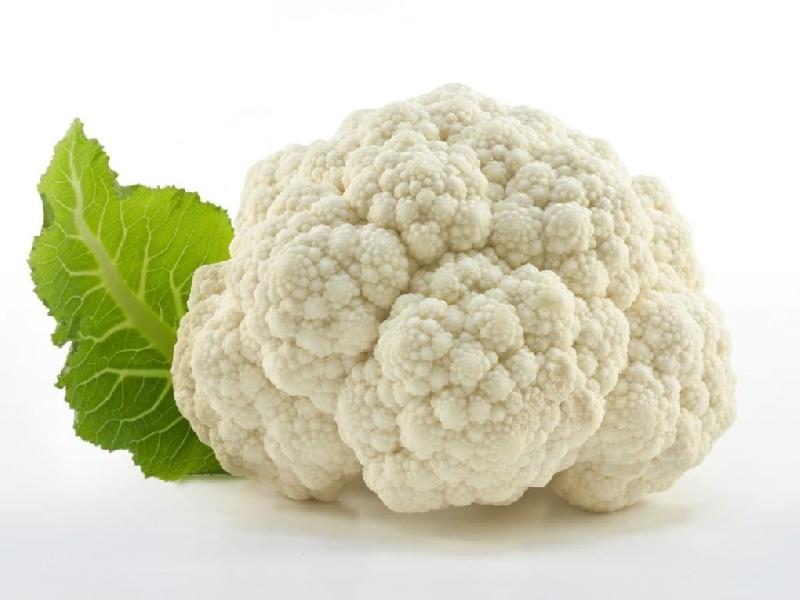
Cauliflower
Water content: 92.1%
Don’t let cauliflower’s pale complexion fool you: In addition to having lots of water, these unassuming florets are packed with vitamins and phytonutrients that have been shown to help lower cholesterol and fight cancer, including breast cancer. (A 2012 study of breast cancer patients by Vanderbilt University researchers found that eating cruciferous veggies like cauliflower was associated with a lower risk of dying from the disease or seeing a recurrence.)
“Break them up and add them to a salad for a satisfying crunch,” Gans suggests. “You can even skip the croutons!”

Watermelon
Water content: 91.5% water
It’s fairly obvious that watermelon is full of, well, water, but this juicy melon is also among the richest sources of lycopene, a cancer-fighting antioxidant found in red fruits and vegetables. In fact, watermelon contains more lycopene than raw tomatoesabout 12 milligrams per wedge, versus 3 milligrams per medium-sized tomato.
Although this melon is plenty hydrating on its own, Gans loves to mix it with water in the summertime. “Keep a water pitcher in the fridge with watermelon cubes in the bottom,” she says. “It’s really refreshing, and great incentive to drink more water overall.”
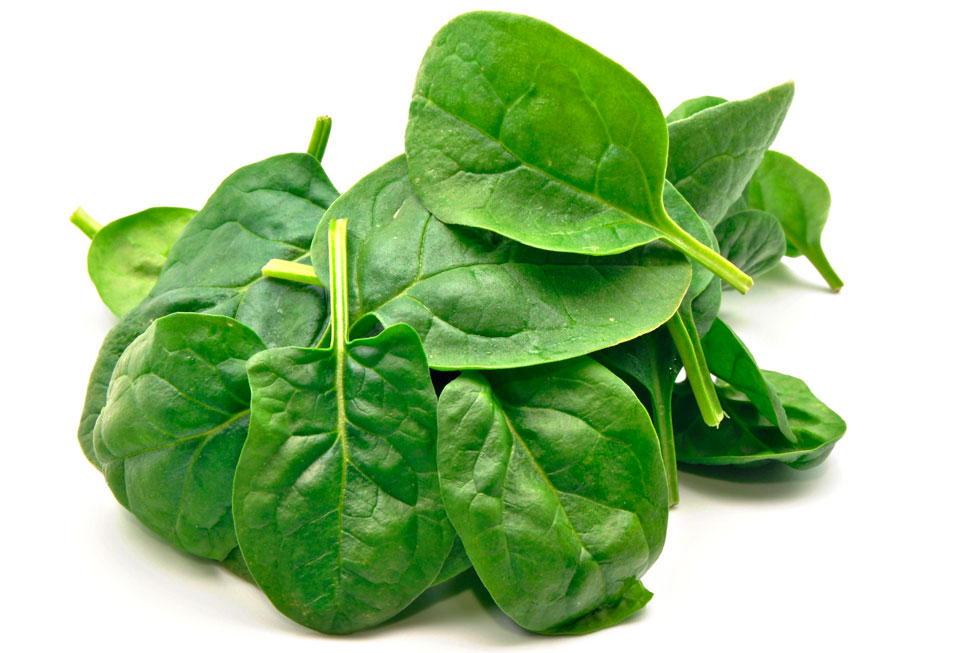
Spinach
Water content: 91.4% water
Iceberg lettuce may have a higher water content, but spinach is usually a better bet overall. Piling raw spinach leaves on your sandwich or salad provides nearly as much built-in hydration, with an added nutritional punch.
Spinach is rich in lutein, potassium, fiber, and brain-boosting folate, and just one cup of raw leaves contains 15% of your daily intake of vitamin Ean important antioxidant for fighting off the damaging molecules known as free radicals.
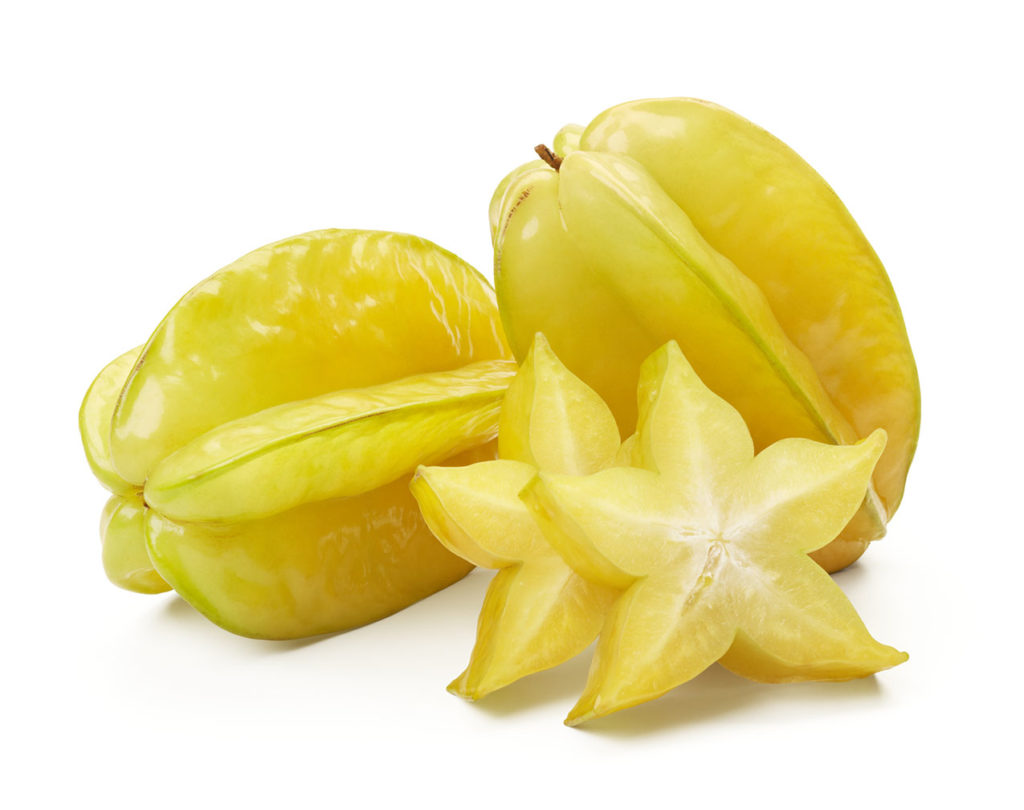
Starfruit
Water content: 91.4% water
This tropical fruit, also known as carambola, comes in sweet and tart varieties and has a juicy texture similar to pineapple. Its eye-catching shape looks great in a fruit salad or as an edible garnish on the rim of a summer cocktail, and as an added bonus it’s rich in antioxidants, especially epicatechina heart-healthy compound also found in red wine, dark chocolate, and green tea.
One note of caution: People with kidney problems should avoid star fruit because of its high levels of oxalic acid.

Strawberries
Water content: 91.0%
All berries are good foods for hydration, but juicy red strawberries are easily the best of the bunch. Raspberries and blueberries both hover around 85% water, while blackberries are only slightly better at 88.2%.
“I love strawberries blended in a smoothie or mixed with plain nonfat yogurtanother hydrating food,” Gans says. Strawberries add natural sweetness to the yogurt, she adds, and the combo of carbohydrates, fiber, and protein make a great post-workout recovery snack.

Broccoli
Water content: 90.7%
Like its cousin cauliflower, raw broccoli adds a satisfying crunch to a salad. But its nutritional profilelots of fiber, potassium, vitamin A, and vitamin Cis slightly more impressive. What’s more, broccoli is the only cruciferous vegetable (a category that contains cabbage and kale, in addition to cauliflower) with a significant amount of sulforaphane, a potent compound that boosts the body’s protective enzymes and flushes out cancer-causing chemicals.

Grapefruit
Water content: 90.5%
This juicy, tangy citrus fruit can help lower cholesterol and shrink your waistline, research suggests. In one study, people who ate one grapefruit a day lowered their bad (LDL) cholesterol by 15.5% and their triglycerides by 27%. In another, eating half a grapefruitroughly 40 caloriesbefore each meal helped dieters lose about three and a half pounds over 12 weeks. Researchers say that compounds in the fruit help fuel fat burn and stabilize blood sugar, therefore helping to reduce cravings.
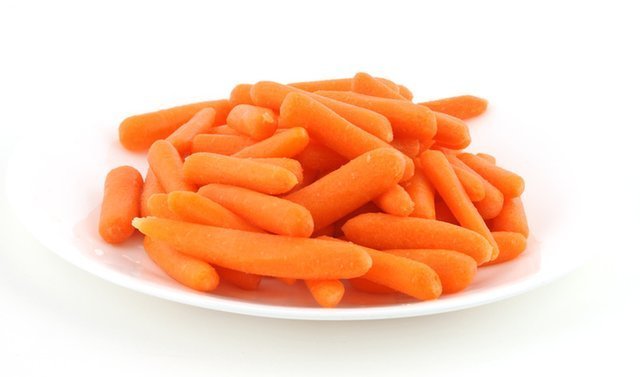
Baby carrots
Water content: 90.4%
A carrot’s a carrot, right? Not when it comes to water content. As it turns out, the baby-sized carrots that have become a staple in supermarkets and lunchboxes contain more water than full-size carrots (which are merely 88.3% water).
The ready-to-eat convenience factor is hard to top, as well. Snack on them right out of the bag, dip them in hummus or guacamole, or—for a bit of added crunch and bright orange color—chop them up and add them to salads or salsas.
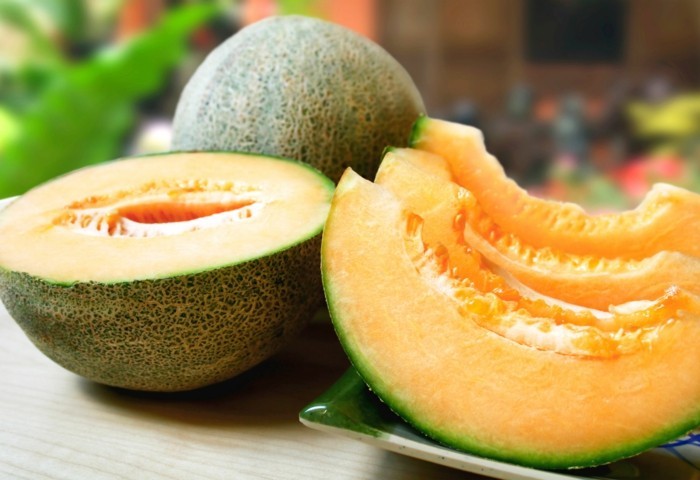
Cantaloupe
Water content: 90.2%
This succulent melon provides a big nutritional payoff for very few calories. One six-ounce serving—about one-quarter of a melon—contains just 50 calories but delivers a full 100% of your recommended daily intake of vitamins A and C.
“I love cantaloupe as a dessert,” Gans says. “If you’ve got a sweet tooth, it will definitely satisfy.” Tired of plain old raw fruit? Blend cantaloupe with yogurt and freeze it into sherbet, or puree it with orange juice and mint to make a refreshing soup.
Originally Published on Health.com

